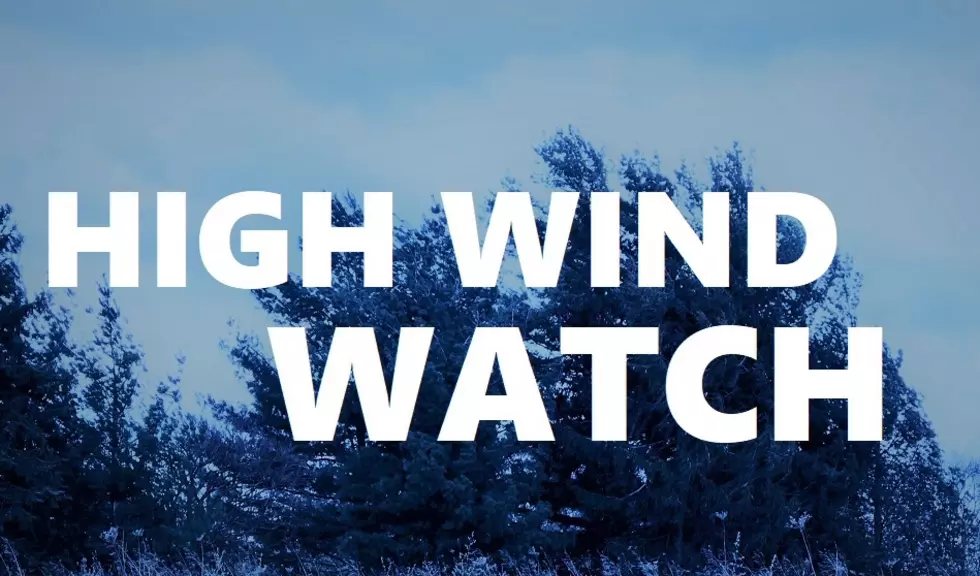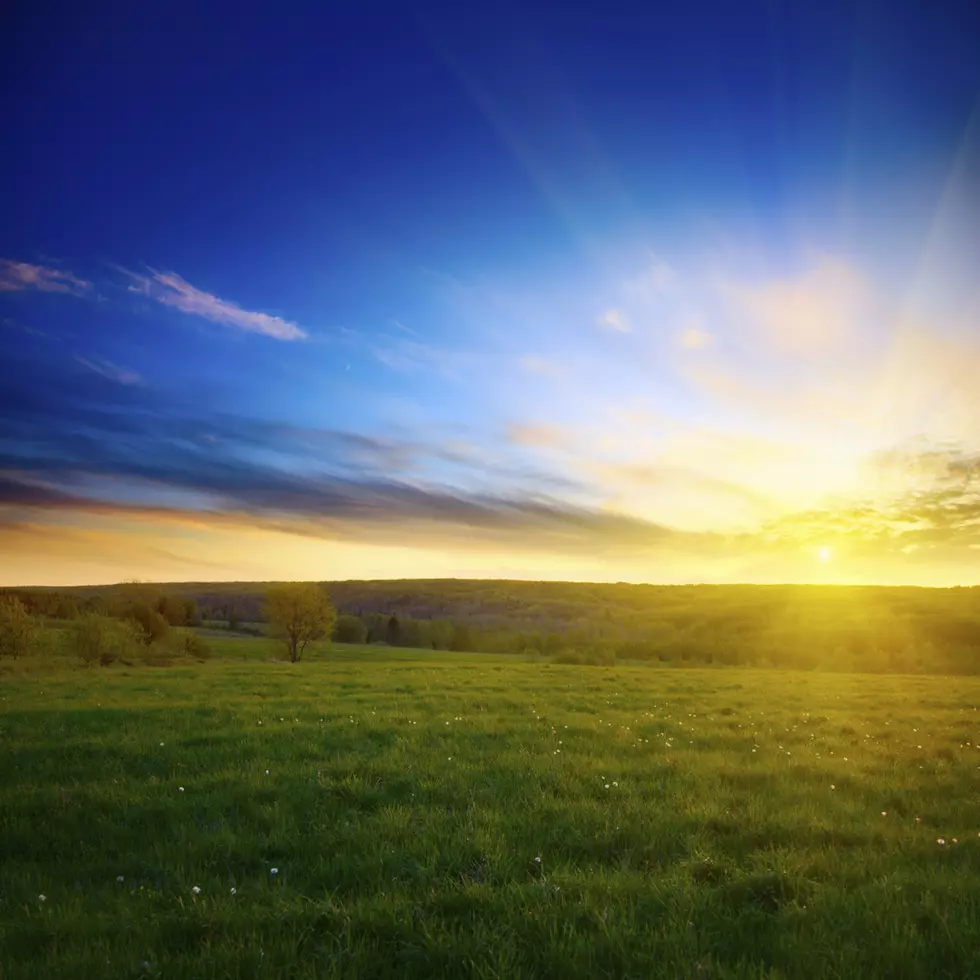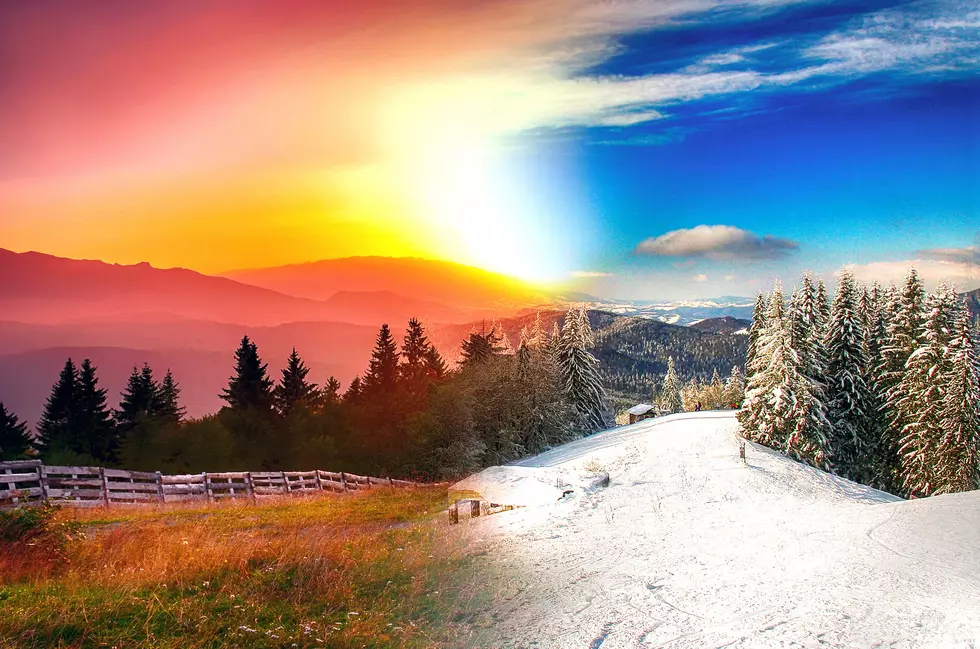
The Science Behind Wyoming’s Weird Drought
Every so many years, or decades for that matter, the Western states go through periods of drought. Many people worry about what causes them and if there is anything we can do about it.
But the current drought is not due to short-term trends. To understand what is going on we have to look at long-term weather history.
ROLLBACK THE CLOCK TO: The Pleistocene Epoch.
That long weird name is the name of the last ice age, which, you are still living in.
Yes, you are living in what is left of the last ice age.
The Pleistocene Epoch is typically defined as the time period that began about 2.6 million years ago and lasted until about 11,700 years ago, according to Britannica.
At it's peak glaciers covered huge parts of the planet Earth. Wyoming, as one example, was under a massive sheet of ice.
Slowly that ice has been melting away. But it's not all gone. That is why we still have winter, snow, and ice, covering a good part of the northern hemisphere in the winter.
Throughout most of Earth's history, the planet has not had polar ice caps. The ice caps that you see now, and winter, are what is leftover from the last ice age.
If the trend continues then over a long period of time (long by human standards) the planet will lose its ice caps again.
But the trend does not move smoothly one way or another. There are years of heavy wet and years of drought. A back and forth, if you will, as the climate continues to naturally change.
Wyoming And Western Droughts Are Coming To An End.
Weather comes in shorter cycles, along with longer. Times of drought give way to years we wish it would stop raining and snowing.
Western states like Wyoming have been caught in a drought cycle for a few years now.
But based on past trends, and what we see coming, this later winter and spring should bring an end to that trend.
SLOWLY GETTING WETTER
Regional meteorologist Don Day of Day Weather has just released an updated forecast where he looks at long-term trends.
According to those trends, which you can see in the video below, pacific patterns, as well as Sun cycles, are changing. Historically this changes our weather here in the west.
We are all used to the seasonal weather trends of Spring, Summer, Winter, and Fall. But there are longer trends that affect us. Periods of drought come every decade or so. Periods of cold can last for years but then we will go through periods of warming as well.
WHY DO WE GO THROUGH DROUGHT AND WET PERIODS?
The West has been in a drought for a few years. This is part of a natural trend. That trend should be coming to a slow end in 2022.
Weather trends here in North America have a lot to do with what happens in the Pacific. As we swap between what is known as La Nina El Nino we will swap from hot and dry to wet and cold.
This is why the west has had a long period of drought. La Nina has a lot to do with the Sun. The Sun has cycles just like the weather does here on Earth. When the Sun is in a calm period we tend to fall into a La Nina effect. That can mean dryer weather, even droughts.

About every 10 years we go through a 2 year La Nina will coincide with the Sun cycles. According to Don Day of Day Weather in Cheyenne, Wyoming, we are now on the backside of a La Nina. That means we will be coming out of it, soon, but not too soon.
WE ARE WITNESSING TYPICAL WEATHER CHANGES
According to past trends, if they hold this time, we will begin the winter season of 2021-2022 a bit warmer and dryer. But that trend will slowly change as we get later into the winter of 2022. At that point, we should slowly be moving back into El Nino. So expect to see a wetter trend by next spring.
The good news for the West is that by the spring of 2022 snow and rain will return, and boy do we need it.
Want more on the bigger picture?
Lets take a look at how many continents no longer exists due to long term, natural, climate change.
The climate is always changing. It is natural and will never stop.
73 Years Ago The Storm Of The Century Hit Wyoming
Wyoming Pickup Truck Office View
More From Wake Up Wyoming









